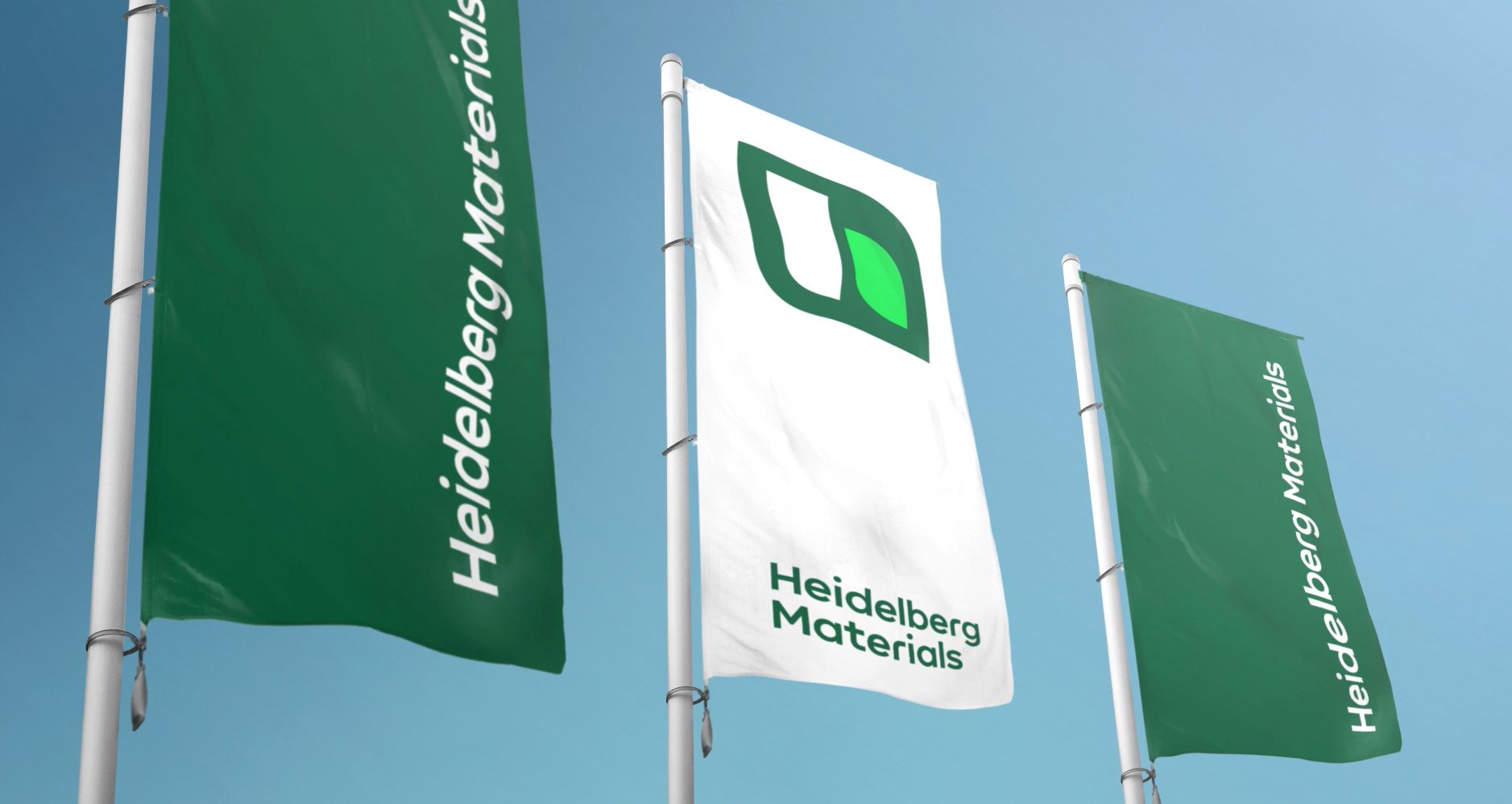Amsterdam Metro
Renovation of Amsterdam’s metro earns prestigious Frame Award
After the 1979 Merkelbach Prijs for the designers Spangberg and Van Rhijn, forty years later the striking Oostlijn line of the Amsterdam metro is worth a new prestigious award. More precisely, Rotterdam based Group A Architects won the 2019 Frame Award as Governmental Interior of the Year for the renovation and modernisation of this important Dutch public project, for which the collaboration with Mariotti Fulget was decisive – due to his deep knowledge of the materials – in the paving work of all 16 stations of the historic metro line.
Mariotti Fulget has been producing highly resistant slabs of cement conglomerates with marble, granite and even aggregated hard stones for civil and industrial construction since 1926. It is a family-run company that has combined cutting-edge industrial technologies with a fine-tuned product that has been manufactured for three generations. The extremely high production standards and the constant qualitative research in the field of aesthetics make the company an undisputed international reference.
Oostlijn was in its origins a very grueling project, whose realization covered the decade between the mid-1960s and the mid-1970s, and has been strongly dominated by technical factors (due to the fragility of the subsoil). Nevertheless, it reveals an architectural personality, with which designers Spangberg and Van Rhijn have marked the city face in a definitive way since.
The neutral and brutalist framework – with its bare concrete, its shades of grey and its huge rooms – was a heritage that was impossible to ignore for its renovation. However Group A Architects have been able to cast their contemporary vision on the new spaces, leaving the oversized design to act as a minimalist and robust background, wiping darkness out from the niches, with a good orientation of lights, both direct and indirect, on the surfaces.
The floor is made of slabs of white cement i.design Roccabianca by Heidelberg Materials Italy, Italian marble and German granite, vibro-pressed to obtain a high compactness and resistance. The Mariotti Fulget production took into account the technical details of the traffic of 200.000 passengers a day along the Oostlijn line, making this large public landmark with its extended structure, not only an efficient and modern city landmark, but also one of the most interesting and long-lasting architectural projects.
Location
Amsterdam (Netherlands)
Amsterdam Metro.
Digidaan

Amsterdam Metro.
Digidaan

Amsterdam Metro.
Digidaan

Amsterdam Metro.
Digidaan
